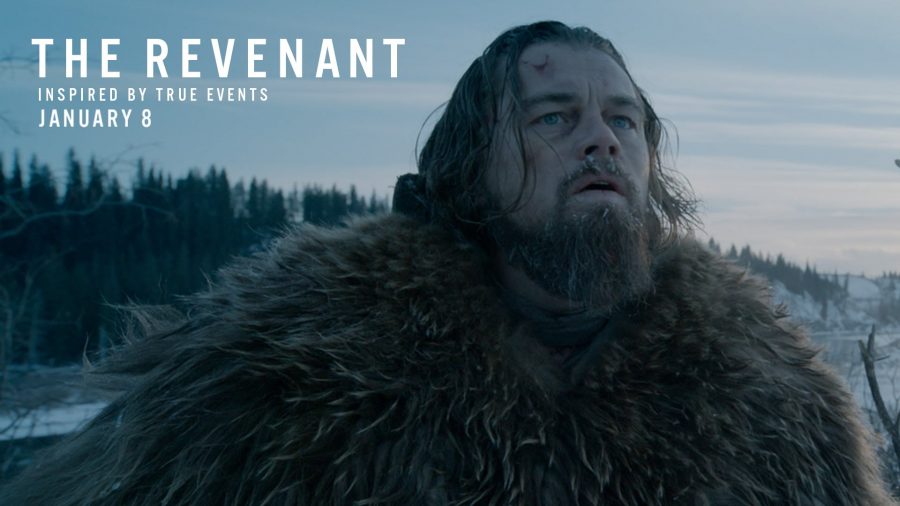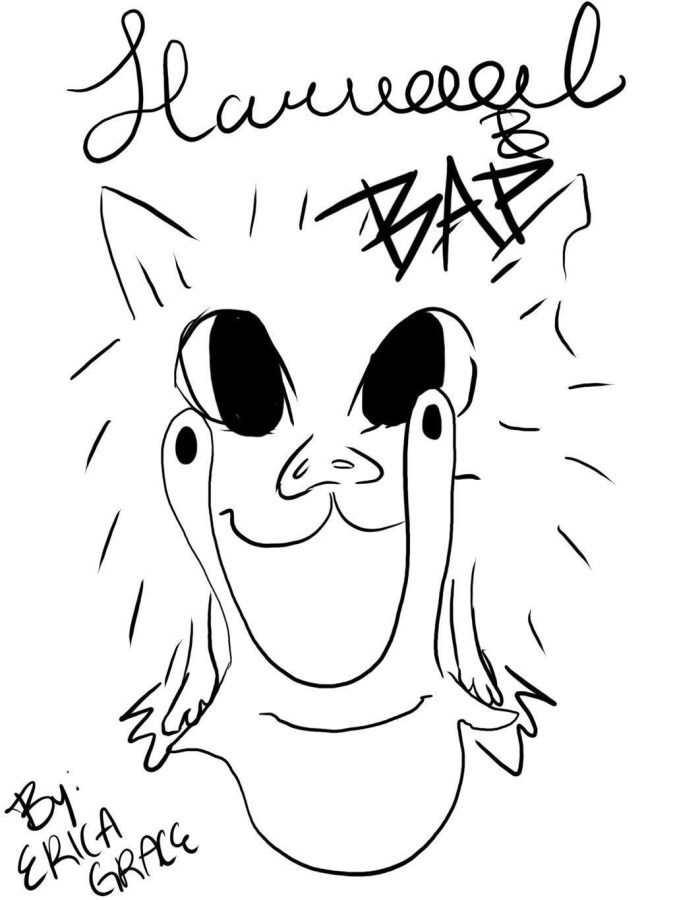By Siddharth Jejurikar ’16, Entertainment Editor
A movie of incredible depth is hidden behind a screen of gore and carnage in Alejandro Gonzáles Iñárritu’s newest film, The Revenant. Making a name for himself after the widespread commercial and critical success of the Academy Award-winning film Birdman or (The Unexpected Virtue of Ignorance), Iñárritu is a director who prides himself on depth and excellence in cinematography. Compared to Birdman, The Revenant brings a significantly gorier and more violent story, but also one no less marked with excellence in cinematography and directing.
Based on a true story, this Oscar-nominated film follows the near-death experience and subsequent quest for revenge of Hugh Glass (Leonardo DiCaprio), a 19th century fur trapper. The basic story is like any other hardcore revenge-tale: a gritty fighter loses someone close to him and comes face-to-face with the Reaper, only to rise again and push through pain and peril to find those who betrayed him. What makes The Revenant particularly unique is its massive level of symbolism and excellence in cinematography. Beautiful shots of the South Dakotan frontier, where the wilderness and nature dominate, provide stark contrast to the incredible amount of pain that Glass undergoes. One example of this pain is Glass being forced to use gunpowder and a small fire to self-cauterize an open wound. At the same time, flowing waters, lush forests, and vibrant wild-life dominate the scene in strikingly impactful picture that shows the power of the amoral world around him. A personal favorite scene of mine shows Glass walking on a frozen river, flanked by a massive valley, while the camera pans to a huge distance that makes him appear tiny and insignificant. The soundtrack supports this theme of primal power by being simultaneously sparse and impactful.
So much of DiCaprio’s depiction of this tragic character is shown through the eyes. After a key scene (which I won’t spoil) Hugh Glass undergoes his spiritual death, and his eye color changes from his usual deep-blue to a clear, near gray, color. This soulless window to Glass’s inner workings gives credence to the name of the film, showing the protagonist to be nothing more than a vengeful ghost. In fact, Glass carries with him an aura of death, killing everyone around him—allies and enemies. DiCaprio’s portrays a stoic and silent attitude that reflects an incredible amount of depth and complexity in Glass’s character, despite his few lines. Tom Hardy, who plays key antagonist John Fitzgerald, also delivers a powerful performance. Fitzgerald’s brutality and menacing-attitude comes through in a terrifying way.
There were a few key flaws to the film, however. Sound editing is often times choppy in instances of characters speaking in Sioux or Pawnee languages, but when characters are speaking English the same problem does not persist. Dream sequences were often jarring as well, providing abstract imagery that was awkwardly juxtaposed with the harsh realism of Glass’s struggle to survive. This is contrary to Birdman, where the illusion of a single shot throughout the film made the steady introduction of abstract themes and dream-like sequences fluid and interesting. However, this doesn’t make The Revenant anything close to a bad movie. Excellent cinematography combined with nearly-legendary acting from the two leads makes for a film truly worthy of its 11 Oscar nods.
Image Source: https://www.youtube.com/watch?v=QRfj1VCg16Y






